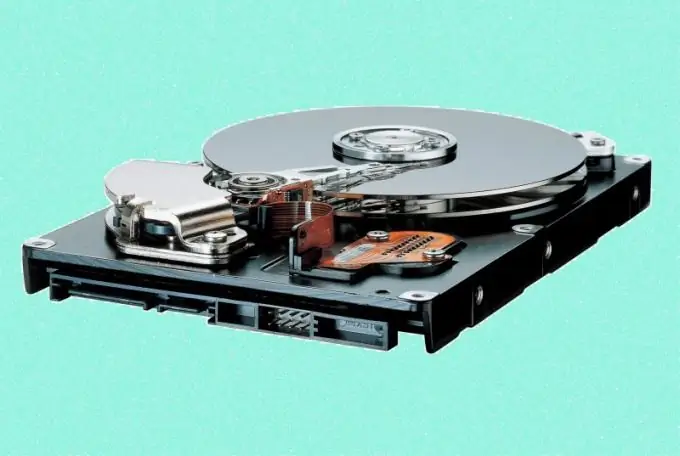There are several methods you can use to remove an unused operating system from your computer. When it comes to OS of the Linux family, you need to configure the partition on which this OS was installed.

Necessary
Partition Manager
Instructions
Step 1
Quite often, the local disk on which the Linux operating system is installed is not displayed in the standard Windows file manager. This is due to several factors. Open the control panel and select the "Administration" menu. Go to Computer Management.
Step 2
Open the "Disk Management" item, which is located in the "Storage Devices" submenu. Right-click on the image of the local disk where the Linux OS is located. In the menu that opens, select the "Format" item. Set the file system type for the partition and specify its label. Confirm the start of formatting the selected partition and wait for this process to complete.
Step 3
If you do not have access to the "Administration" menu, then use the command line. Press the key combination Win (Start) and R. In the window that opens, enter the command cmd and press the Enter key. Wait for the Windows Command Prompt to start. Enter the list partition command in the window that appears. Find out the letter assigned by the system to the local drive on which the Linux system is installed. Type the command format G: / ntfs and press the Enter key. Confirm the start of formatting the partition by pressing the Y key.
Step 4
If none of the above methods suits you, then install the Partition Manager program. Restart your computer or laptop and run this utility. On the Quick Launch menu, select Advanced Mode. In the menu that appears, find the required section and right-click on its icon. Select "Format". Set the formatting options for this local drive.
Step 5
Select FAT32 or NTFS file system. Click the Apply Pending Changes button and wait until the running process completes. Reboot your computer.






